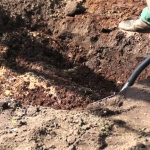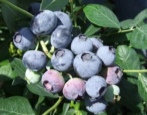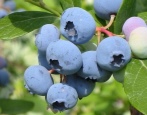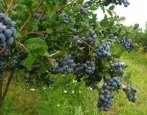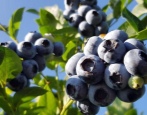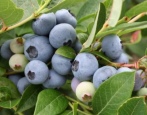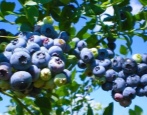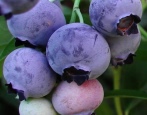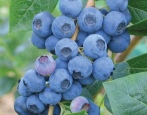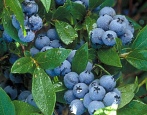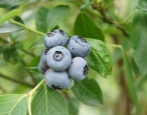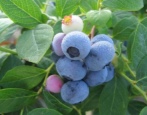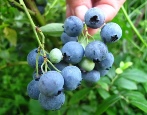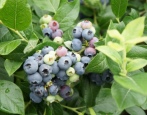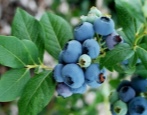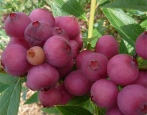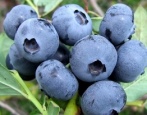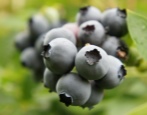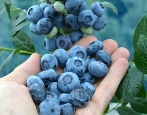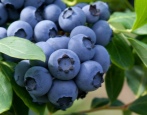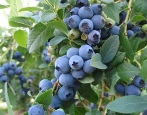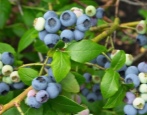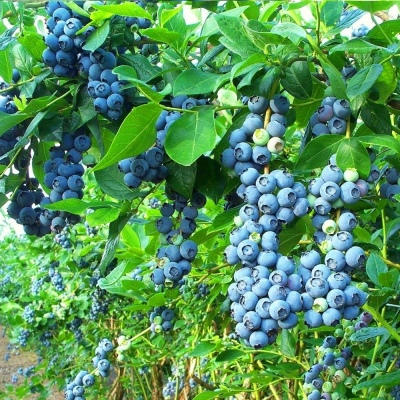
- Authors: North American selection
- Name synonyms: Vaccinium corymbosum Bluejay
- Ripening terms: mid-early
- Growth type: tall
- Bush height, m: 1,5-1,8
- Taste: pleasant, slightly sour
- Yield: very high
- Average yield: 3.6-6 kg per bush
- Fruit size: large
- Fruit shape: flat
Bluejay is a plant that can become a decoration of the infield. The bushes develop vigorous and have an unsurpassed decorative appearance.
Breeding history
The presented variety of American selection was put into operation in 1977. Today Bluejs are not grown commercially, as varieties showing higher yields have emerged. However, this plant is often found in private gardens, as it has many benefits, including excellent immunity to disease.
Description of the variety
With good care and timely feeding, a blueberry bush can grow on average up to 1.8 m. The bushes are large, powerful with spreading branches. Moreover, the shoots of this variety are short, rather thick.
The foliage of the culture is large, brightens with age. The younger one differs in dark green color, the perennial is lighter.
As for the fruit cluster, it is quite long on this variety, so a mechanized harvesting method can be used.
Fruits of this variety can be safely transported over long distances. They are versatile in use.
Fruit characteristics
Blueberry Blueberries produce a large crop of berries that are flat in shape. If we talk about the size, then it is from 18 to 22 mm in diameter. The mass of one berry rarely grows more than 2.2 g.
One of the distinguishing features of blueberries is their light blue color. It is difficult not to notice a rather strong wax coating on the skin.
If you take a branch of Bluejacks with ripe berries and shake them, they will crumble, so it is so important to harvest on time. Despite this, ripe berries are great in the refrigerator for several weeks or even in storage.
Fresh blueberries of this variety are very useful, but they are also ideal for preparing compotes and other drinks, in addition, preserves and even jams.
Taste qualities
If you put Blueberries on your tongue and bite, you can feel a pleasant, slightly sour taste.
Ripening and fruiting
Blueberries of American selection are medium early varieties. Plants bear fruit from mid-July to August. The fruits ripen gradually, so the harvest is carried out several times during the specified period.
Yield
If you provide the Blues with a high-quality planting site, then the plant will thank you with a high yield. On average, this figure is 3.6-6 kg per plant. In this case, timely and high-quality feeding plays a huge role.
Growing and care
When planting several blueberry blueberry plants, it is necessary to organize planting pits at a distance of 2 meters from each other. This is due to the large crown of shrubs.
A hole is dug deep, a substrate is laid on the bottom from:
sawdust;
peat;
coniferous litter.
All this must be well watered, then make a depression in the middle and pour clean peat there. Now you can plant a seedling.
A prerequisite for working with blueberries of this variety is the deepening of the root collar by 4-6 cm. The surface of the ground around the plant is covered with sawdust mulch, and we water it again. Lay the bark of a coniferous tree on top.
After planting the seedling of the Blues, the shoots are shortened by a quarter, if fruit buds appear, they will need to be removed.
For a crop, watering plays a huge role, and if it is wrong, then the level of productivity may decrease. The bushes are moisturized twice in 7 days. Each plant requires 10 to 15 liters of water. It is especially important to pay attention to this moment during the fruiting period, since future fruit buds form in the Blues from July to August. Be sure to acidify the soil for blueberries.
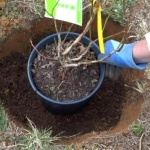
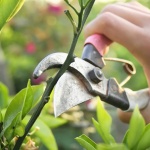
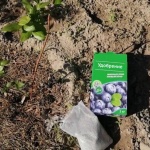
Disease and pest resistance
Blueberry Blueberries do not have such a problem as fruit cracking. Moreover, this variety is resistant to pests and diseases.
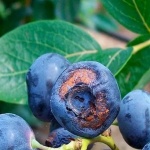
Winter hardiness and the need for shelter
Bluedzhey demonstrates excellent resistance to frost, the variety is able to withstand -34 degrees Celsius. You can only cover young plantings, since their shoots are still very tender.
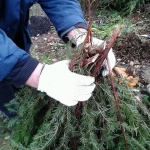
Location and soil requirements
The soil should be well-drained, with a pH of 3.8-5, fertile or well fertilized. Groundwater should lie in the ground at least 0.5 meters from the surface.
As for the place for planting, the plant needs a lot of sun, no wind. If you plant Blues in partial shade, the harvest will be, but the berries will not grow large.
